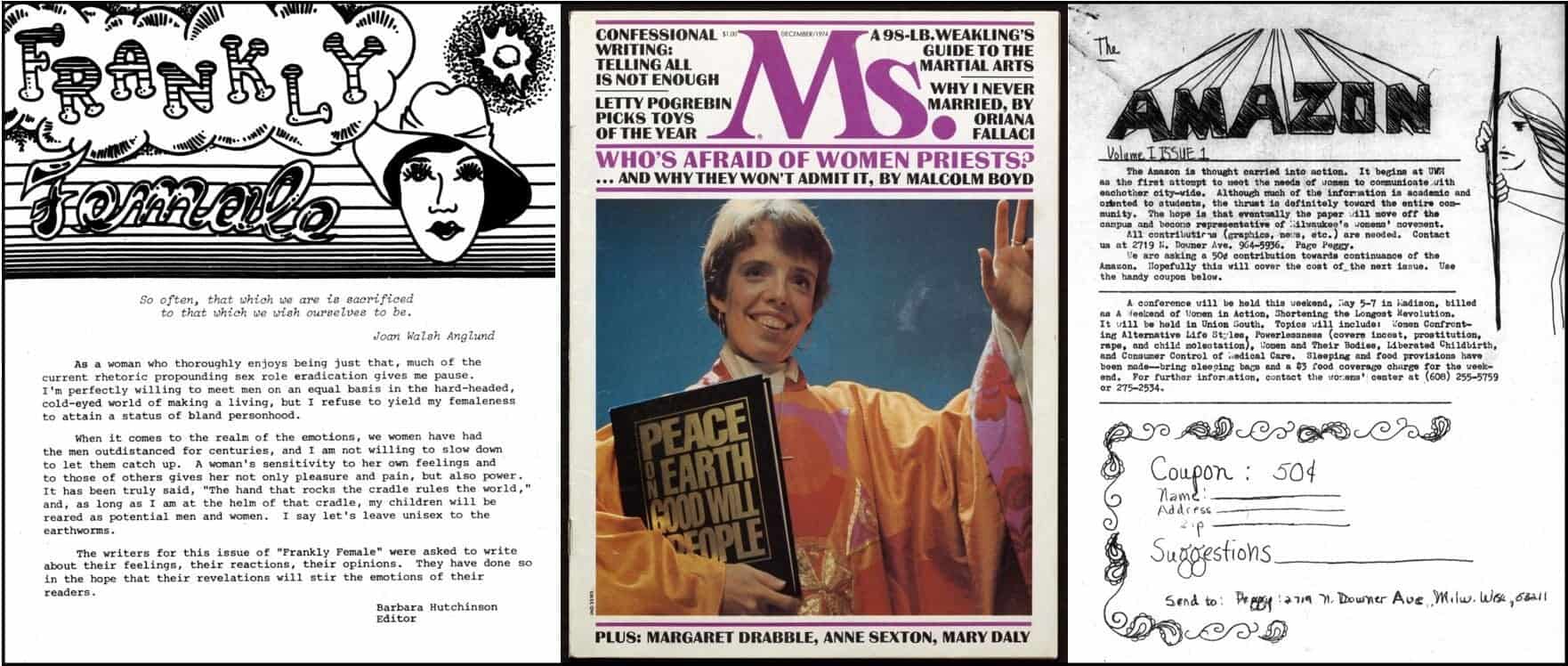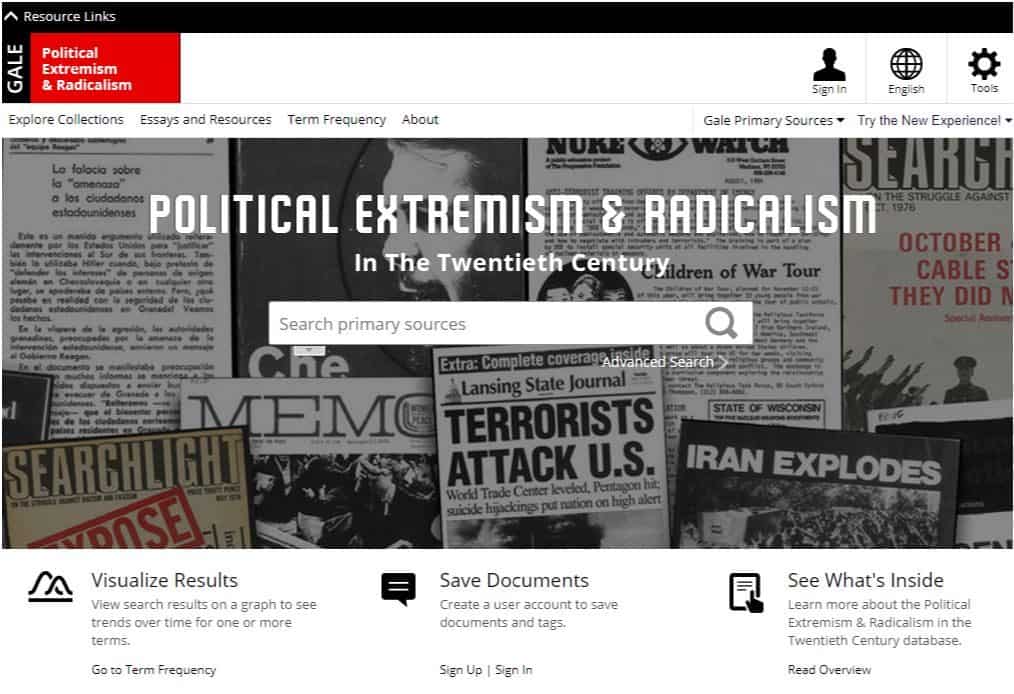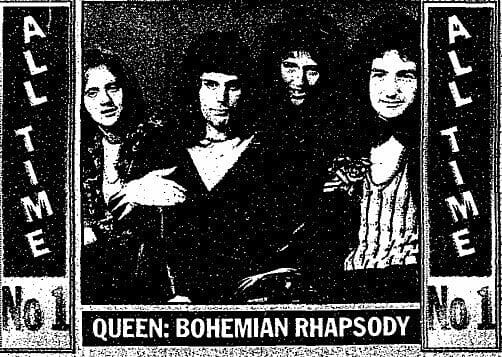│By Rebecca Bowden, Associate Acquisitions Editor, Gale Primary Sources│
During the 1960s and 1970s, the second wave feminist movement took off. Catalysed in the United States by Betty Friedan’s The Feminine Mystique (1963), it quickly spread to other Western countries, focusing on issues of equality and discrimination, including rape, reproductive rights, domestic violence and workplace harassment. Central to this fight were feminist periodicals – an opportunity for women to communicate their narratives in their own voices, free of the influence of men. Many of these periodicals are now preserved in archives.




